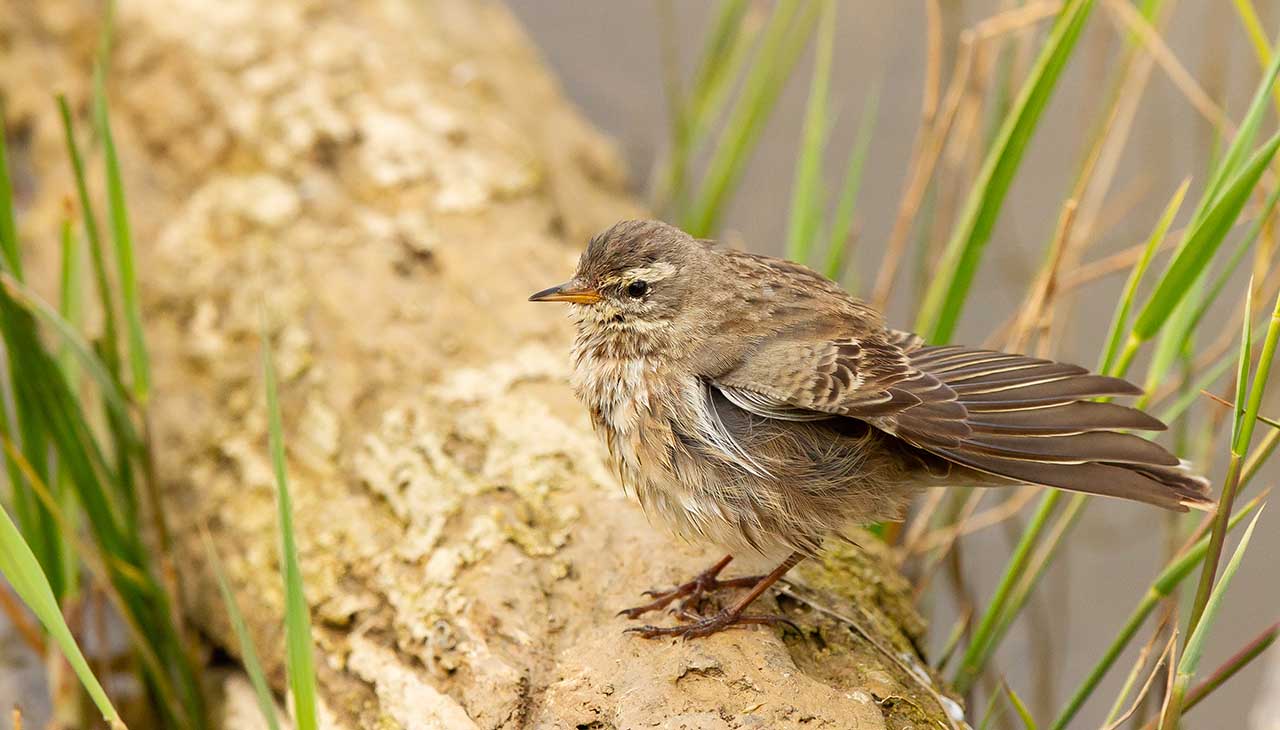Birdwatching is a delightful pursuit that connects us with nature in the most intimate ways. It allows us to witness the grace and beauty of avian life, often in some of the world’s most stunning natural settings. Among the many types of habitats that attract birds, thermal hotspots hold a unique charm. These regions, characterized by their warm air currents, provide essential pathways and rest stops for migratory birds. In this post, we’ll explore the top five thermal hotspots for birdwatching around the world, delve into their ecological importance, and offer tips for making your birdwatching experience truly memorable.
1. Introduction
Thermal hotspots are regions where warm air currents rise from the earth’s surface, creating ideal conditions for bird species to soar effortlessly across vast distances. These areas often become congregation points for migrating birds, offering birdwatchers unparalleled opportunities to observe a variety of species in one location. The significance of these hotspots extends beyond mere observation; they play a crucial role in the survival and migration patterns of numerous bird species.
2. Top 5 Thermal Hotspots for Birdwatching
a. The Rift Valley, Kenya
Geographical Location: Stretching from Ethiopia to Tanzania, the Rift Valley in Kenya is a renowned birdwatching destination.
Bird Species Commonly Found: Known for the thousands of flamingos gracing Lake Nakuru and Lake Bogoria, this region also hosts African fish eagles, pelicans, and various raptors.
Best Times of Year to Visit: The best birdwatching occurs from November to April, coinciding with the migration of birds from Europe and Asia.
b. The Pyrenees, France and Spain
Geographical Location: The Pyrenees mountain range forms a natural border between France and Spain.
Bird Species Commonly Found: Home to bearded vultures, griffon vultures, and golden eagles, the Pyrenees are especially rich in raptor species.
Best Times of Year to Visit: Visit from March to June or September to November for optimal birdwatching conditions.
c. The Himalayas, India and Nepal
Geographical Location: Spanning five countries, including India and Nepal.
Bird Species Commonly Found: This region is known for its Himalayan monal, snow partridge, and a variety of pheasants.
Best Times of Year to Visit: Spring (March to May) and autumn (September to November) provide the best birdwatching opportunities.
d. The Andes, South America
Geographical Location: The Andes stretch along the western edge of South America, passing through seven countries including Colombia, Ecuador, and Peru.
Bird Species Commonly Found: Look out for Andean condors, hummingbirds, and tanagers.
Best Times of Year to Visit: Birdwatching is excellent year-round, but specific seasonal migrations can be seen in spring and autumn.
e. The Rocky Mountains, USA and Canada
Geographical Location: Extending from Canada to the southwestern United States.
Bird Species Commonly Found: This area boasts a variety of hawks, eagles, and owls, along with migratory songbirds.
Best Times of Year to Visit: The peak birdwatching seasons are from late spring through early autumn.
3. Importance of Thermal Hotspots for Bird Migration
Thermal hotspots serve as crucial waypoints for migratory birds, offering rest and refueling areas along their arduous journeys. These regions are rich in food resources and provide the necessary thermal currents that allow birds to conserve energy while traveling long distances. Their significance in global ecology cannot be overstated, as they help maintain healthy bird populations and support biodiversity.
4. Tips for Birdwatching in Thermal Hotspots
Essential Gear
- Binoculars: A good pair of binoculars is indispensable for birdwatching.
- Field Guide: Bring along a bird identification book specific to the region you are visiting.
- Camera: Capture your sightings with a camera equipped with a telephoto lens.
- Appropriate Clothing: Dress in layers and wear earth-toned clothing to blend into the environment.
- Notebook: Keep a journal to record your sightings and observations.
Best Practices
- Patience and Stealth: Birds are sensitive to movement and noise. Approach quietly and wait patiently.
- Respect Wildlife: Maintain a safe distance from birds and their habitats to avoid causing stress or disturbance.
- Join Guided Tours: Local guides can enhance your experience by providing in-depth knowledge and spotting birds you might miss on your own.
Making the Most of Your Visit
- Research Before You Go: Understand the specific species and seasonal patterns of the hotspot you are visiting.
- Early Mornings are Best: Birds are most active during the early hours of the day.
- Stay Hydrated and Nourished: Bring water and snacks to keep your energy levels up during long hours of birdwatching.
5. Personal Stories and Experiences
Anecdote 1: Soaring with the Eagles in the Pyrenees
“I’ll never forget the sight of a griffon vulture gliding effortlessly against the backdrop of the Pyrenees. It was a moment of pure awe, and it reminded me why I fell in love with birdwatching.” – Maria S., Seasoned Birdwatcher
Anecdote 2: Flamingo Flocks in the Rift Valley
“Standing by the shores of Lake Nakuru, I was surrounded by thousands of flamingos creating a pink haze across the water. It was mesmerizing and felt like stepping into another world.” – John D., Travel Blogger
Anecdote 3: The Majesty of the Andes Condor
“Seeing an Andean condor take flight in the Colca Canyon of Peru was a life-changing experience. The sheer wingspan and grace of these birds are breathtaking. It’s an experience every birdwatcher should have at least once.” – Emily T., Nature Enthusiast
6. Conclusion
Thermal hotspots around the world offer unique and enriching experiences for birdwatchers, nature enthusiasts, and travel bloggers alike. These regions not only provide outstanding opportunities to observe a diverse array of bird species but also play an essential role in supporting global bird migration and maintaining ecological balance.
We hope this guide inspires you to explore these incredible thermal hotspots and witness the beauty of avian life in its natural habitat. Have you visited any of these locations or have a favorite birdwatching spot of your own? Share your stories and experiences in the comments below—we love hearing from fellow birdwatchers!
Happy birdwatching!

